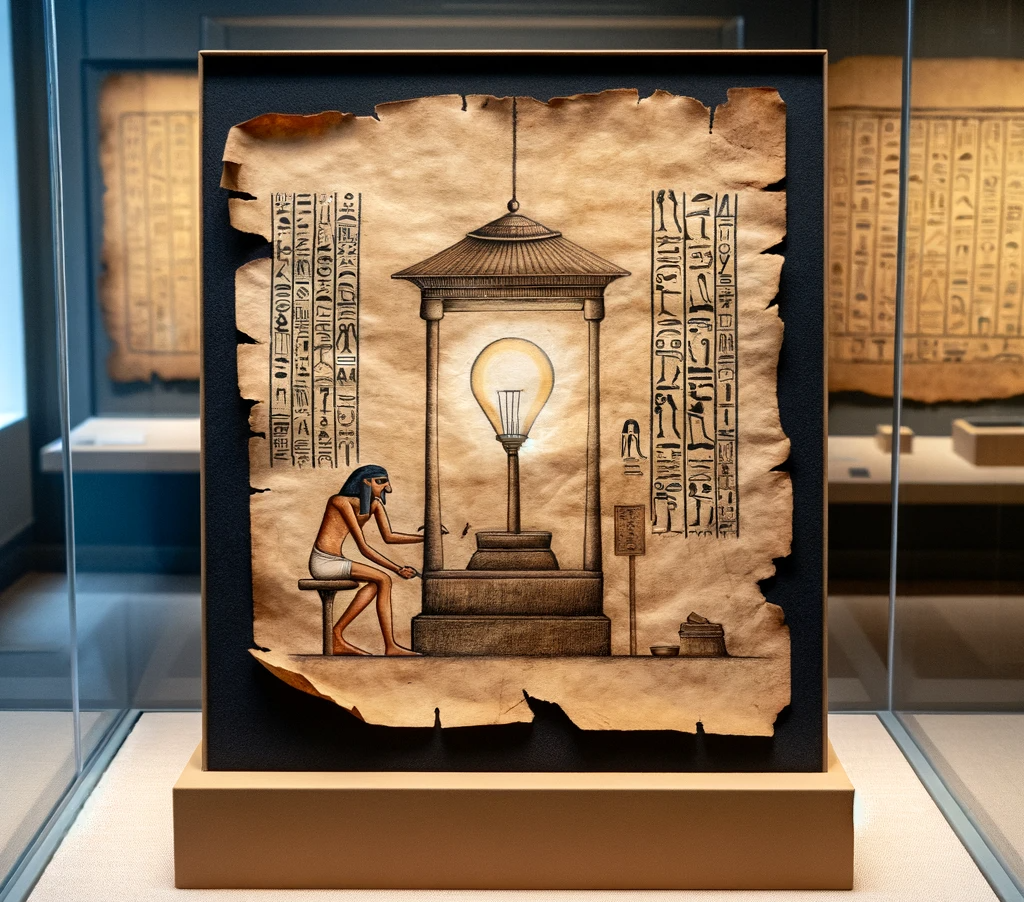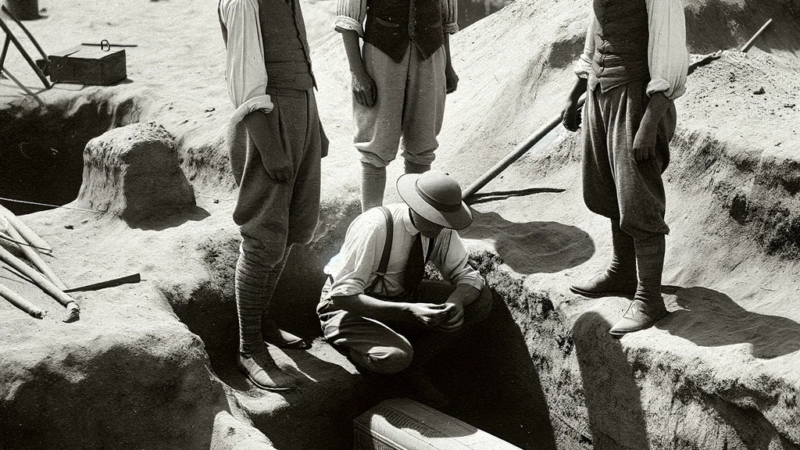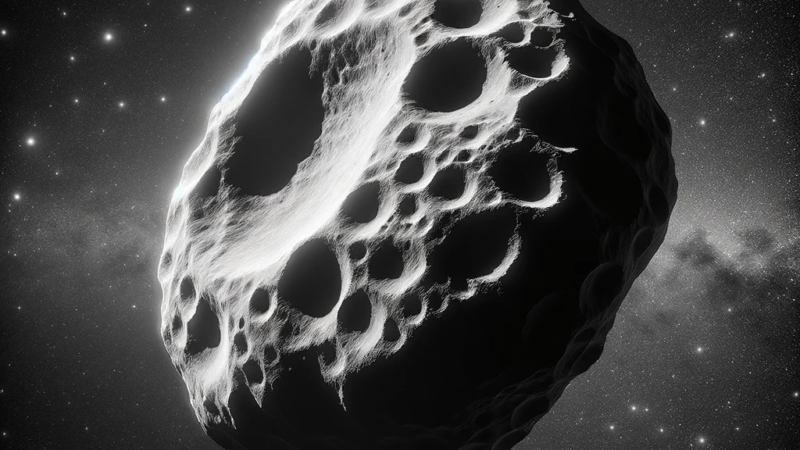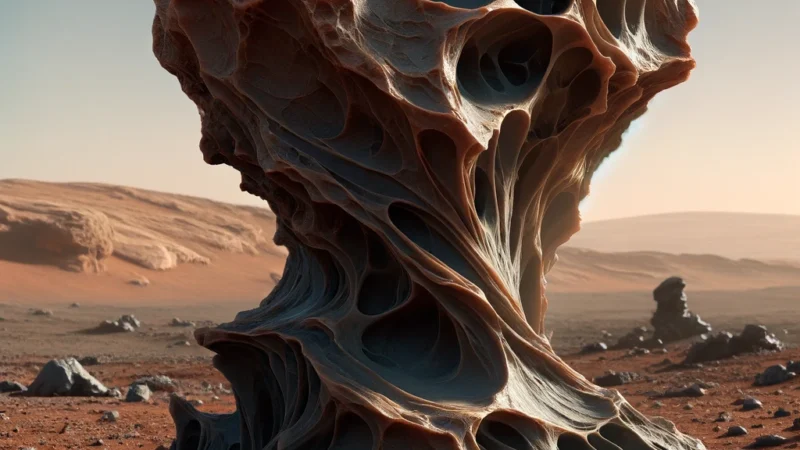Unveiling the Anachronistic Artifact: A Testament to Ancient Ingenuity or Evidence of Extraterrestrial Intervention?

In the quiet corridors of a local museum, an artifact of enigmatic origins sparks the curiosity of truth-seekers. Recently restored to its original luster, this document, previously unnoticed among the more prominent displays, has begun to draw the attention of those with a keen eye for historical anomalies.
The piece, ostensibly a creative anachronism, depicts what appears to be an ancient Egyptian scene, complete with hieroglyphic annotations. At the center of this tableau is a figure seated before a towering structure that emits light, akin to a modern lamp. The craftsmanship is impeccable, with the restoration having amplified the document’s intricacies, from the delicate shading to the precise contours defining this mysterious apparatus.
Upon closer inspection, one cannot help but marvel at the seeming contradiction of technology and era. The quality of the image, now free from the ravages of time, reveals a sophistication that some would argue is uncharacteristic of the era it represents. This has led to the formulation of a theory that may seem outlandish at first glance yet is grounded in a series of logical, albeit unconventional, scientific extrapolations.
The Theory
Could this document be evidence of ancient alien visitation? Proponents of the Ancient Astronaut Theory suggest that such advanced technology, seemingly depicted in an era of rudimentary scientific understanding, points to extraterrestrial influence. They postulate that the light-emitting structure is not a mere artistic expression but a factual representation of a technology gifted—or perhaps left behind—by otherworldly visitors.
The precision and the depiction of light in a form that is reminiscent of our modern-day electric lamps begs the question: How could an ancient civilization conceptualize such an artifact without having witnessed its operation? With the restoration’s superior quality, we can now observe that the light source is not depicted with a flame, which would be consistent with known Egyptian technology, but with a clear bulb-like enclosure.
Critics may dismiss this as fanciful representation, artistic license taken by a modern forger perhaps. Yet, the authenticity of the parchment and the consistency with the artistic style of the period suggest otherwise. Could it be that the ancient Egyptians had a rendezvous with advanced beings, or were they themselves the harbingers of a lost technology that we are only now beginning to rediscover?
The implications are profound and the questions numerous. As the scientific community continues to debate, this document will undoubtedly remain a tantalizing piece of historical intrigue, whispering the possibility of a time when humanity walked alongside the stars, whether literally or metaphorically. It is a testament to human ingenuity, a riddle wrapped in a mystery, quietly residing in the corner of a museum, awaiting the next curious mind to ponder its secret





